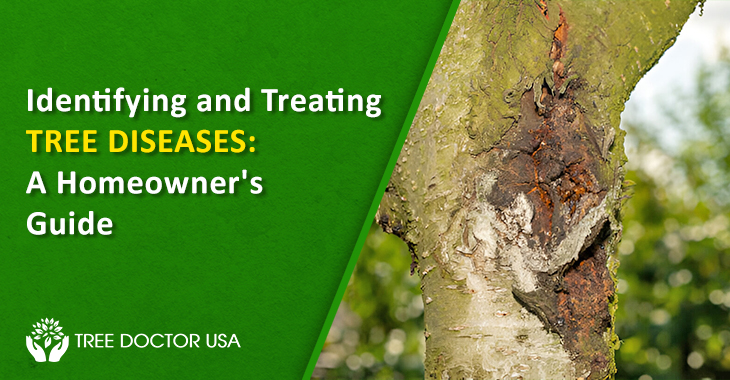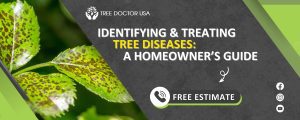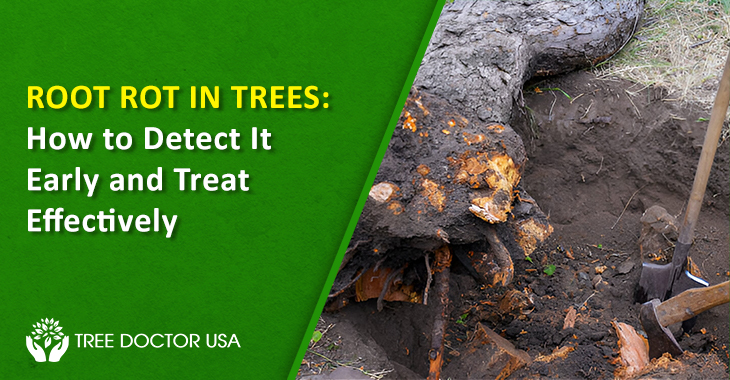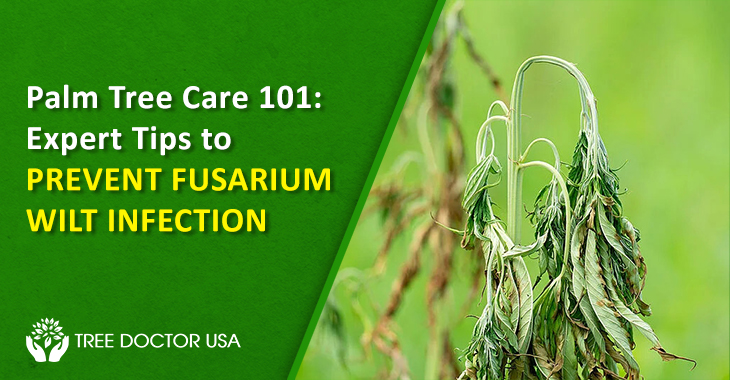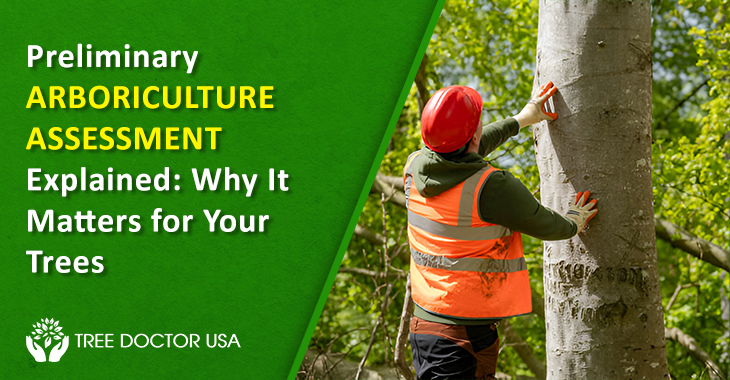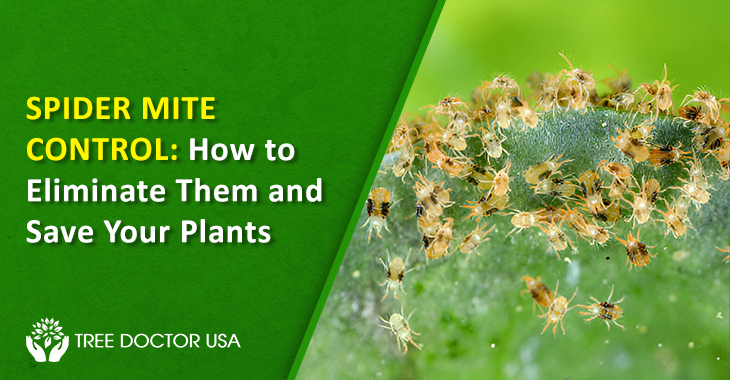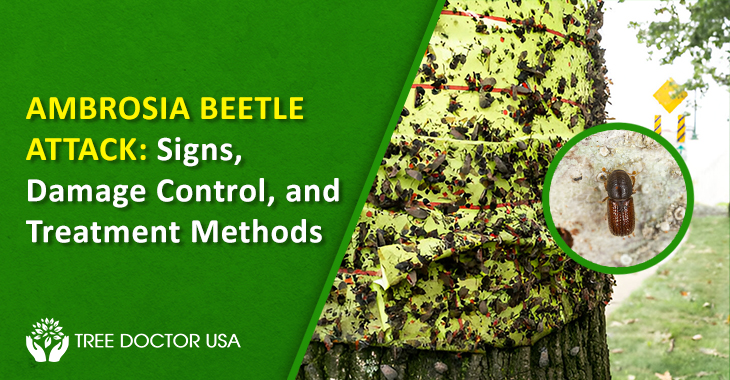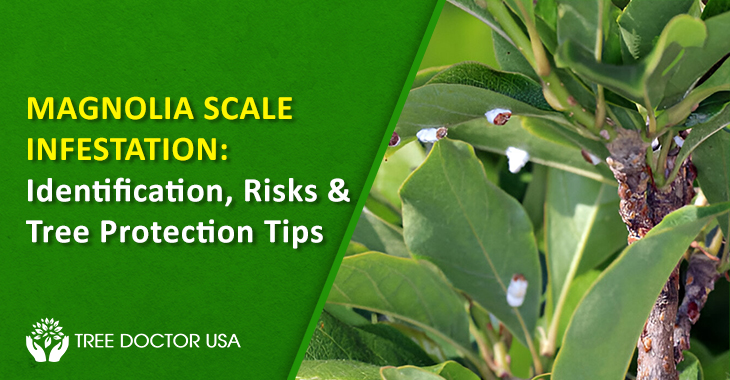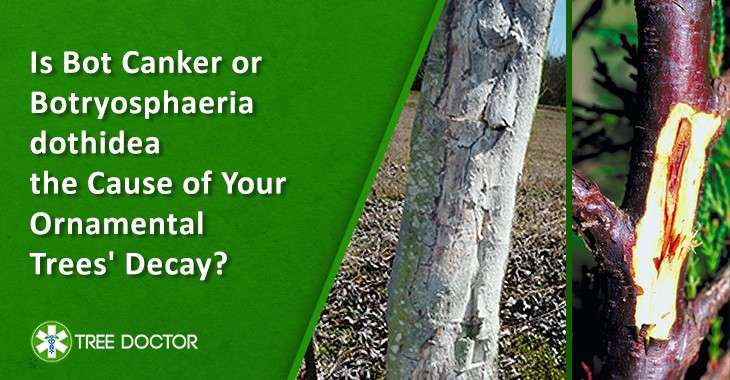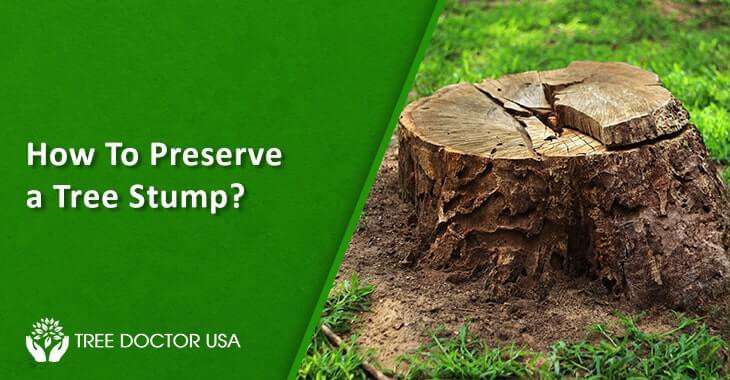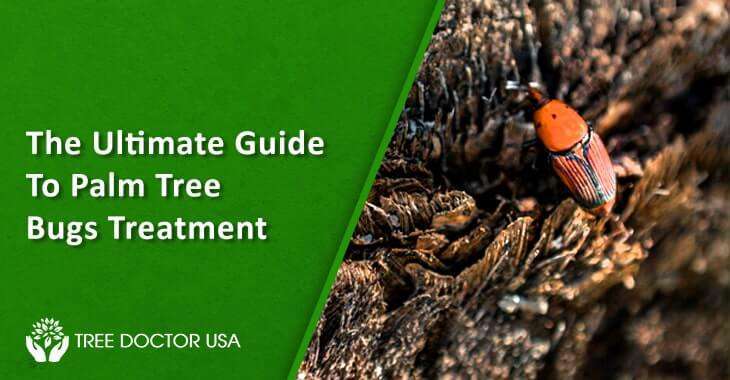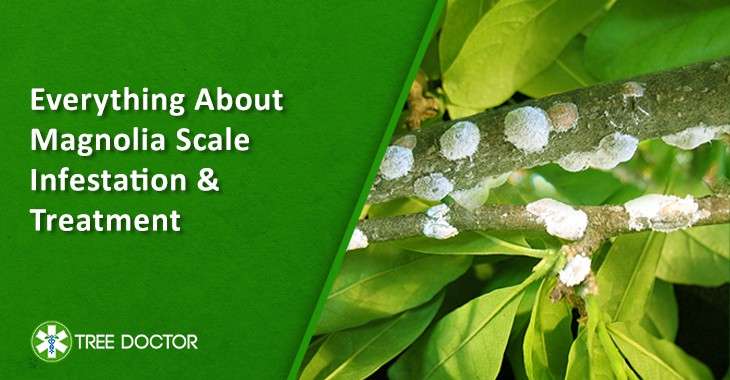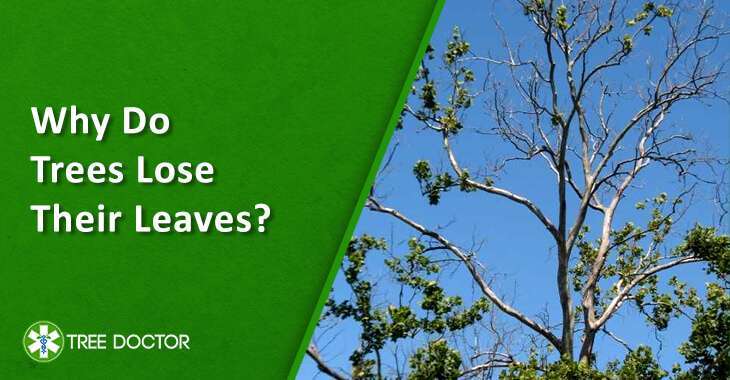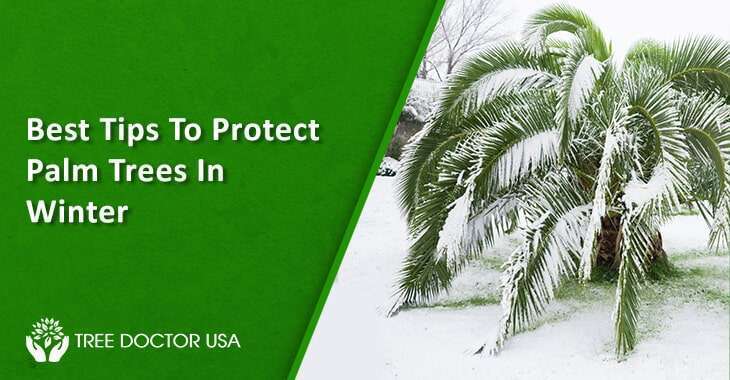Identifying and Treating Tree Diseases: A Homeowner’s Guide
Trees are not just a beautiful addition to any landscape; they are also vital for the environment, providing oxygen, improving air quality, and offering shade and habitat for wildlife. They contribute to an area’s overall aesthetic and ecological balance, enhancing property values and providing a sense of tranquility. However, like all living organisms, trees are susceptible to diseases, which can quickly impact their health and longevity. Environmental stressors such as drought, pollution, and physical damage can weaken trees, making them more vulnerable to infections. Effective tree disease treatment is essential for maintaining the health and vitality of your trees.
For homeowners, recognizing and treating these diseases early is crucial to maintaining a thriving yard and preventing the disease from further spreading to other plants. This guide will help you identify common tree diseases and provide effective tree disease treatment to ensure your trees remain healthy and robust.
What Is A Tree Disease Or Pest?
Tree diseases and pests can harm your trees, plants, and landscape. Fungi, bacteria, viruses, and harmful insects often cause these problems. Symptoms can include discolored leaves, leaf drop and, in severe cases, tree death.
The Importance of Healthy Trees
Healthy trees offer numerous benefits beyond their immediate beauty. They play a crucial role in:
- Carbon Sequestration: Trees absorb carbon dioxide, helping mitigate the effects of climate change.
- Erosion Control: Tree roots stabilize soil, reducing erosion and runoff during heavy rains.
- Temperature Regulation: Trees provide shade, cool the environment, and reduce the need for air conditioning in nearby buildings.
- Wildlife Habitat: Trees offer food and shelter for various birds, insects, and mammals.
- Mental and Physical Health: Green spaces with healthy trees have decreased stress, improved mood, and encouraged physical activity.
Identifying Tree Diseases For Tree Disease Treatment
Various pathogens, including fungi, bacteria, viruses, and nematodes, cause tree diseases. These tree diseases can affect different parts of the tree, such as leaves, stems, branches, and roots. The severity of the disease often depends on factors like tree species, age, health, and environmental conditions. Early detection is key to managing tree diseases effectively.
How to Identify Common Tree Diseases
Trees, like any living organisms, are susceptible to diseases that can compromise their health and longevity. Early identification and tree disease treatment can prevent significant damage and save your trees. Here are three common tree diseases to watch for:
Dutch Elm Disease
Description
Dutch elm disease is a devastating fungal infection that affects elm trees. The disease is caused by the fungus Ophiostoma ulmi and Ophiostoma novo-ulmi. The fungus invades the tree’s vascular system, which is responsible for water transport, leading to wilting and eventually the death of the tree.
Symptoms
- Initial Signs: The disease typically begins with yellowing and wilting of leaves on a single branch or one side of the tree.
- Progression: As the infection spreads, affected leaves turn brown, curl up and fall off prematurely.
- Advanced Symptoms: Dark streaks or patches may appear on the bark, and the inner wood may exhibit brown discoloration when cut.
Identification
- Seasonal Indicators: Look for trees with yellowing leaves during the summer or early fall.
- Physical Signs: Check for patches of dead bark, wilted branches and brown streaks in the wood beneath the bark.
Oak Wilt
Description
Oak wilt is a serious fungal disease caused by Bretziella fagacearum. This fungus blocks the water-conducting vessels of oak trees, leading to rapid wilting and death. It spreads through root grafts and insect vectors.
Symptoms
- Wilting: Leaves start wilting and turn brown, often beginning at the outer edges of the branches and moving inward.
- Leaf Retention: Unlike other diseases, leaves affected by oak wilt may remain attached to the tree even after turning brown.
- Fungal Mats: Fungal mats, which are spore-producing structures, may form under the bark, often accompanied by a sweet or fruity odor.
Identification
- Seasonal Indicators: Look for trees with browning leaves during summer or early fall.
- Physical Signs: Brown leaves that remain attached to the tree and the presence of fungal mats under the bark are key indicators of oak wilt.
Apple Scab
Description
Apple scab is a fungal disease caused by Venturia inaequalis. It primarily affects apple and crabapple trees, leading to unsightly blemishes on leaves and fruit, and can significantly reduce fruit quality and yield.
Symptoms
- Leaf Spots: The disease starts with brown or black spots on the leaves, which can grow and coalesce, causing the leaves to become misshapen and distorted.
- Fruit Lesions: The fungus can also infect the fruit, causing similar dark, scabby lesions.
- Defoliation: Severe infections can lead to premature leaf drop, weakening the tree over time.
Identification
- Seasonal Indicators: Look for symptoms during the growing season, especially in spring and early summer.
- Physical Signs: Identify brown or black spots on leaves and fruit, and look for misshapen or distorted leaves.
Prevention and Management – General Tips
- Proper Pruning: Regularly prune trees to improve air circulation and reduce the risk of fungal infections.
- Sanitation: Remove and dispose of infected leaves, branches and fruit to prevent the spread of disease.
- Water Management: Avoid overwatering and ensure proper drainage to prevent conditions that favor fungal growth.
- Chemical Treatments: In some cases, fungicides can be used as a preventative measure or to manage early infections.
By regularly inspecting your trees and being aware of the common symptoms of these diseases, you can take timely action to protect your trees and maintain the health and beauty of your landscape.
Prevention and Tree Disease Treatment
Preventing tree diseases is often more effective and less costly than treating them after they occur. Here are some preventive measures for tree disease treatment:
Proper Planting
- Species Selection: Choose disease-resistant tree species and varieties.
- Site Selection: Plant trees in well-drained soil and ensure proper spacing to enhance air circulation.
- Planting Techniques: Use appropriate techniques to avoid damage to roots and trunks and provide adequate water and nutrients.
Regular Maintenance
- Watering: Water trees deeply and infrequently to encourage profound root growth and avoid wetting leaves and branches.
- Mulching: Mulch around the base of trees to retain moisture, regulate soil temperature and prevent weed growth.
- Pruning: Prune trees regularly to remove dead or diseased branches, improve air circulation, and shape the tree for better growth.
Monitoring and Early Detection
- Regular Inspections: Inspect trees regularly for signs of disease, paying attention to any changes in appearance or growth.
- Prompt Action: Act promptly if you notice symptoms, as early intervention can prevent the spread of the disease.
- Record Keeping: Keep records of tree healthcare and any treatments applied to monitor progress and adjust care strategies as needed.
Tree Disease Treatment Options
If your tree does become infected, there are several treatment options available:
Cultural Controls
- Sanitation: Remove and destroy infected plant material to reduce the source of the pathogen.
- Environmental Modification: Improve ecological conditions to make them less favorable for disease development, such as adjusting watering practices and improving soil drainage.
Chemical Controls
- Fungicides and Bactericides: Use fungicides, bactericides, and other chemicals labeled for specific tree diseases.
- Application: Follow all label instructions and safety precautions when applying chemicals to ensure effectiveness and minimize environmental harm.
Biological Controls
- Beneficial Organisms: Introduce natural predators or beneficial microorganisms that can help control tree diseases.
- Organic Treatments: Use organic treatments and biopesticides as part of an integrated pest management (IPM) approach, combining multiple strategies for effective disease control.
Consulting a Professional
For severe or persistent tree diseases, a professional arborist or tree care specialist may be necessary for tree disease treatment. They can provide expert diagnosis, recommend effective treatments, and help develop a long-term care plan for your trees. Professional Tree services may include advanced treatments such as soil injections, trunk injections, and specialized pruning techniques.
Conclusion
Identifying and treating tree diseases promptly is essential for maintaining the tree’s health and the beauty of your landscape. By understanding common tree diseases, implementing preventive measures, and using appropriate tree disease treatment, homeowners can protect their trees and enjoy their benefits for years. Regular monitoring, proper maintenance, and professional advice when needed are vital to keeping your trees healthy and disease-free. Investing time and effort in tree care enhances your property and contributes to a healthier, more sustainable environment.
Suppose you notice any concerning symptoms or need expert advice on tree care. In that case, our team at Tree Doctor USA is dedicated to providing thorough assessments and tailored tree disease treatment plans. Count on us for reliable, knowledgeable service that ensures your trees’ long-term health and beauty.

